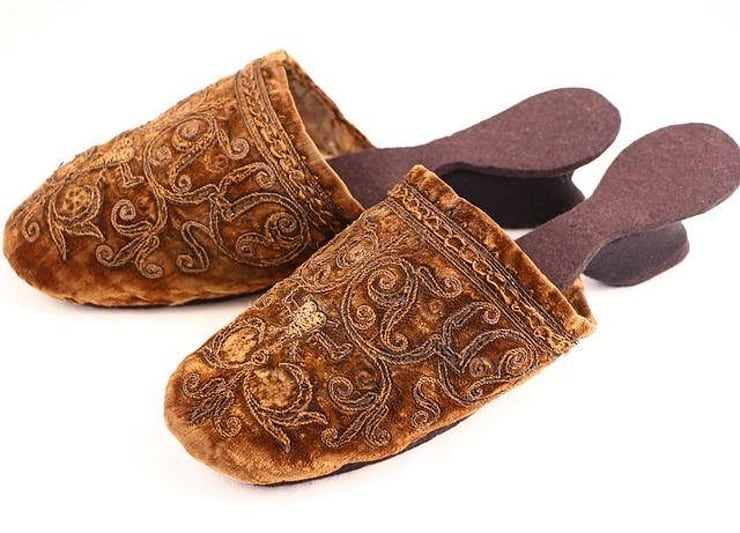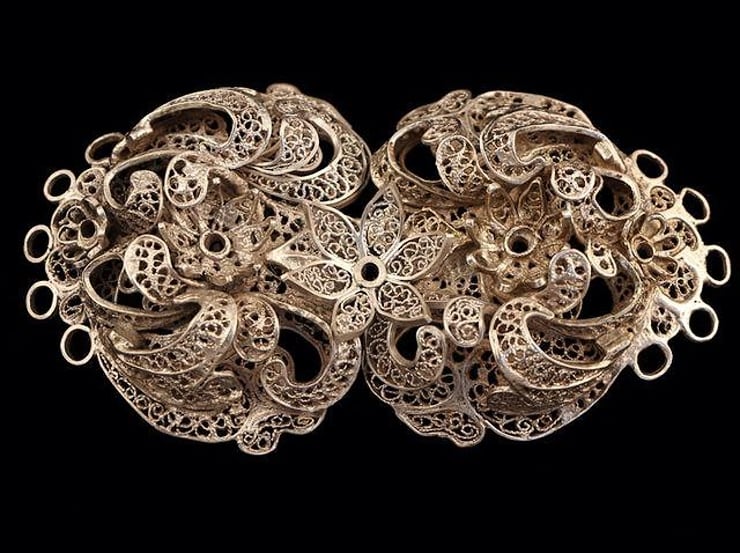Nádherná umělecká práce
24.5.1916 Jewellery from the tomb of a noble family
Categories: Calendar
The beautiful jewels were found in 1916 in the crypt of the noble family of Zejdlic of Schoenfeld in a church in Polen. They date from the turn of the 16th and 17th centuries and include rings and a chain with a pendant. They are the rarest Renaissance jewellery in the Czech Republic.
The collection contained an incredible 27 pieces of jewellery. In 1916, they were taken from the burial crypt of the Dean's Church of the Assumption in Polná. Already at the end of the nineteenth century, the treasure was discovered by workers who worked in the church. Fortunately, the dean came and prevented the jewels from being stolen. He ordered everything to be put back into the damaged sarcophagus of Polyxena Zejdlic, who died in childhood.
The jewellery was worn by members of a noble family. In July this year, the treasure was exhibited in the Polná City Museum. Now the jewels are hidden in a bank safe. But in the future, it is planned to display them again.
"They are made of gold and silver, decorated with precious stones and enamel. The collection includes, for example, patches for clothes, a mourning ring decorated with black enamel and a 122-centimetre-long chain with a small pendant in the shape of a pear," said Anna Sadílková, curator of the museum in Polná.
Two years ago, the Polná City Museum even published a special publication about the jewellery. It is called "Small Treasure from the Big World: Renaissance Jewellery of the Zejdlic family from Schoenfeld". Historians Dana Stehlíková, Filip Plašil and Jan Štěpánek worked on it for two years.
Renaissance Czech art was among the best in Europe. Renowned artists were invited to Prague by Rudolf II, who chose Prague as his seat. According to Štěpánek, intricately crafted goldsmith's products were a common part of the nobility's clothing. The latter bought them in large quantities. "However, few of them have survived to this day and most of them are the pride of foreign collections," Štěpánek added.
The Zejdlics of Schoenfeld were a knightly family originally from Silesia. Its members were involved in the state administration. The family had two branches - the Polish and the Encovan. The tomb containing the jewels was built by Hertvik the Elder in the crypt of the Gothic parish church in Polná. Besides him, eight other family members (four sons, two daughters-in-law and two granddaughters) are buried there.
Sources: www.mesto-polna.cz, www.propamatky.info, www.denik.cz, https://czwiki.cz/
Photo: Polná City Museum



The article is included in categories:






